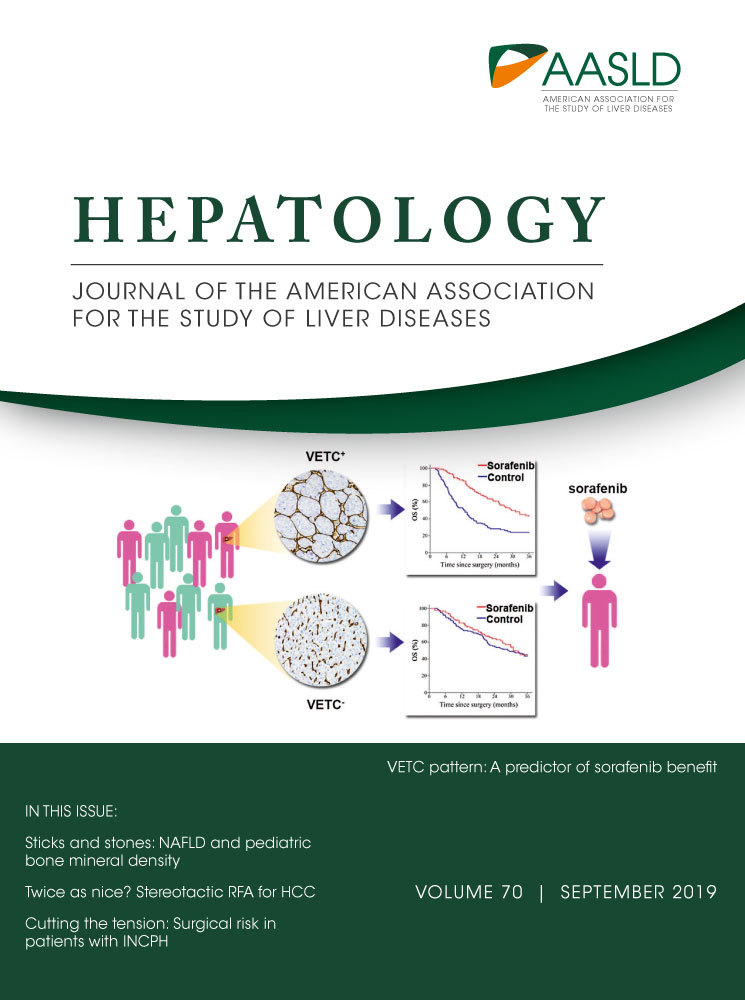Letter to the Editor: Predicting Postoperative Liver Dysfunction Based on Blood Derived MicroRNA Signatures
To the Editor:
The study by Starlinger et al.1 reported that they have found microRNA (miRNA)–based biomarkers, which could reliably predict postoperative liver dysfunction (LD) after liver resection and dynamically monitor liver function recovery and might represent a very useful tool to define the most suitable time point for liver resection to avoid postoperative LD and complications. More importantly, they showed superior prognostic performance when compared to currently used clinical markers for prediction of postoperative LD. We completely agree with these interesting findings. Nevertheless, some issues may need to be further addressed. Firstly, we notice that only 20 patients with cirrhosis were included in this study, accounting for 13% of the whole cohort, which is consistent with the pattern of liver diseases in Europe. However, in the Asia-Pacific region, especially in China, where approximately 50% of new cases and deaths each year are from hepatocellular carcinoma, >80% of hepatectomy patients have cirrhosis,2 which is a putative risk factor for postoperative LD.3, 4 Patients with cirrhosis usually are considered to have reduced liver function reserves, as well as diminished liver regenerative capacity. Indocyanine green clearance is often considered essential, and a future liver remnant >40% (30% for patients without cirrhosis, just like the authors claimed in this study) is recommended to avoid LD after liver resection in patients with cirrhosis.3-5 Accordingly, these patients are susceptible to LD for liver resection and could have different predictive parameters for this complication from patients without cirrhosis. To this end, the feasibility of these miRNA-based biomarkers for Asia-Pacific populations needs to be further discussed and evaluated. Secondly, this study neglects some important surgery-related factors which have been universally reported to affect liver function recovery after liver resection,3, 4 especially in the Discovery Set. For example, blood loss and transfusions, the strategies and time of hepatic vascular occlusion, and overall operative time are all reported to be critical risk factors for postoperative LD. In this case, to our knowledge, the prognostic performance of these biomarkers could be improved if these significant confounding factors could be adjusted between the LD and the non-LD groups.




